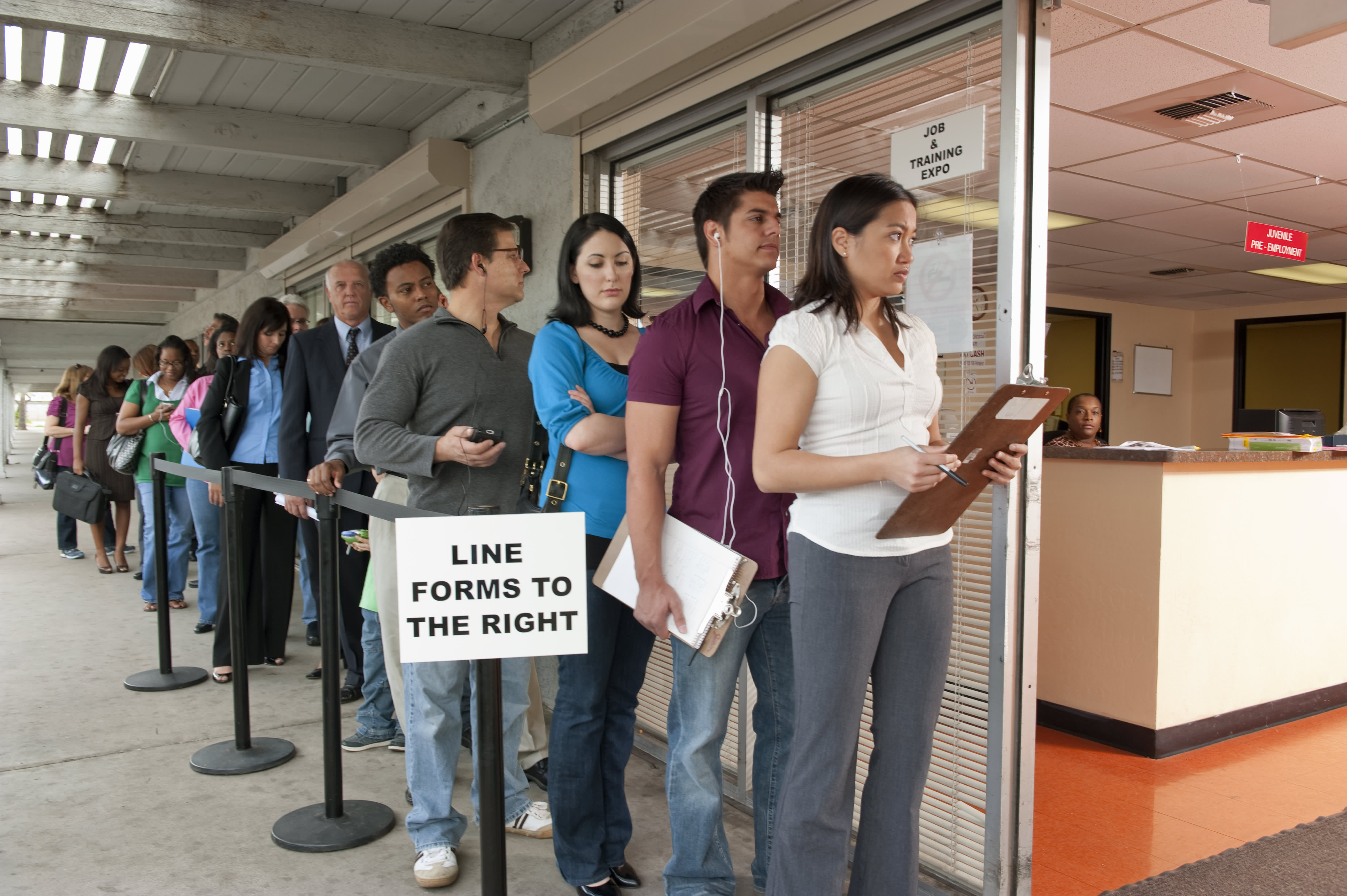Yellow Dog Productions
The U.S. economy is restarting and millions of unemployed Americans are returning to work.
Yet that positive trajectory may not last. Many newly employed Americans could be furloughed or laid off again.
Officials in areas like New York have discussed renewed lockdown measures as citizens flaunt social distancing rules. Houston may do the same as new daily coronavirus infections rise.
Some businesses supporting their payroll with federal loan relief may soon exhaust those funds. Others that reopened could fold or opt to close if consumer activity is lackluster.
But there’s good news for people who lose their jobs again: They can likely resume their unemployment benefits, essentially picking up where they left off.
However, as is usually the case with unemployment benefits, the rules can be confusing.
“Everything about unemployment insurance is too complicated,” said Michele Evermore, a senior policy analyst at the National Employment Law Project.
For one, states set different rules for their unemployment systems. But here’s what Americans across the country can generally expect.
How much will I get?
Applying for unemployment benefits starts a “benefit year” for that individual. A benefit year is the 52-week period following the date you filed a claim.
Someone who filed for unemployment in March 2020 would have a benefit year that lasts until March 2021, for example.
Jobless workers can collect benefits over that period, even through multiple waves of unemployment.
More from Personal Finance
Recalled to work? You can still collect unemployment benefits
You may get a tax break for work-from-home costs
Six strategies to help recent college grads find work
However, states put limits on the benefits people can receive — in weekly amounts and total duration — over that yearlong time frame. Those limits often mean someone won’t be eligible to collect benefits for the whole year.
Americans can think of unemployment benefits like a bank account, said Chris O’Leary, a senior economist at the W.E. Upjohn Institute for Employment Research.
Let’s say someone gets about $380 a week — the average — in state unemployment benefits. The state, like most others, pays benefits for up to 26 weeks (6½ months).
This person would have a “bank account” of $9,880.
Now let’s say this person was receiving $380 a week over the 13-week period since mid-March, when layoffs began en masse. They got their old job back and stopped collecting unemployment. After some time, they are furloughed again.
Half their bank account would be left. In other words, they’d be able to resume their old benefit level — $380 a week — for 13 more weeks.
Some states allow people to collect benefits for longer than the maximum duration (i.e., 26 weeks) if they’re drawing down a smaller chunk of their “bank account” each week, O’Leary said.
This can occur through work-sharing programs, for example, which pay prorated unemployment benefits to part-time workers. Let’s say the same person’s hours were cut in half. They could theoretically get 50% of their benefit (i.e. $190 a week) for double the time (52 weeks).
However, not all states operate their programs this way, O’Leary said.
(One important note: The CARES Act, a federal coronavirus relief law enacted in March, supplements state benefits with an extra $600 a week. These payments, which are funded by the federal government and last through July 31, don’t increase the size of one’s unemployment “bank account.”)
A year of unemployment benefits
The CARES Act and other rules mean people can get benefits over a much longer period of time than is typically the case.
The law funds an additional 13 weeks of benefits for unemployment recipients. This extension, called Pandemic Emergency Unemployment Compensation, expires at the end of 2020.
States also have rules, which predate the CARES Act, that offer “extended benefits” during periods of high unemployment in their state.
Most states have triggered these additional benefits, typically around 13 extra weeks, Evermore said. Some states like Florida and North Carolina pay fewer (around six weeks) and others pay up to 20 weeks.
Unlike the 13 extra weeks offered through the CARES Act, which are unavailable past year-end, the extra weeks offered via “extended benefits” can bleed into next year if a person remains unemployed.
So, our theoretical unemployed worker could access $380 a week for a whole year. (This factors in a typical 26-week state benefit duration, a 13-week CARES Act extension and an additional 13-week period offered via state enhanced benefits).
This amount would be available over several periods of unemployment during that time period.
The person would also get $600 a week through July 31 in federal supplement payments.
Workers generally don’t have to reapply when transitioning into new periods of duration, though some states may vary in their processes, Evermore said.
The CARES Act offered some groups, like self-employed and gig workers, a total 39 weeks of unemployment benefits, via the Pandemic Unemployment Assistance program. It expires at the end of the year.
These workers are typically ineligible for traditional state benefits.
What happens when the ‘benefit year’ ends?
High levels of joblessness could persist into next year.
That could prove problematic for workers who’ve exhausted or nearly depleted their benefits, Evermore said.
While a person can reapply for unemployment after the end of their current “benefit year” — in March 2021, let’s say — their aid may be much less than it had been previously. They may also be deemed ineligible for any benefits.
States typically use a person’s earnings over the prior four quarters to determine the amount of their weekly unemployment pay. But a long spell of joblessness would likely mean workers don’t have enough wages over that period to qualify for benefits. If they qualify, it may be for a lower amount.
Congress passed a law during the Great Recession that prevented this dip in benefits from occurring, Evermore said. Lawmakers may do so during this recession, she said.
